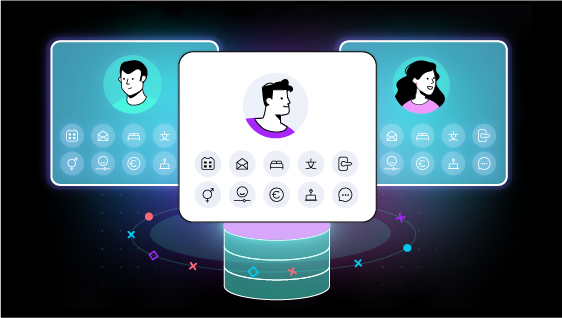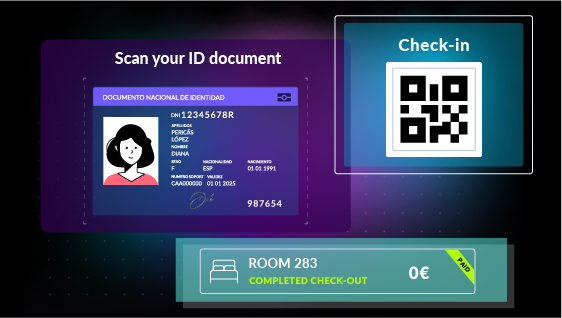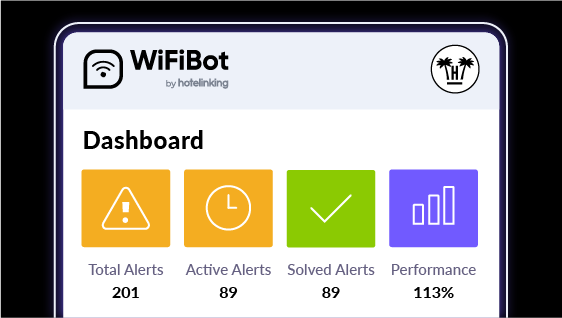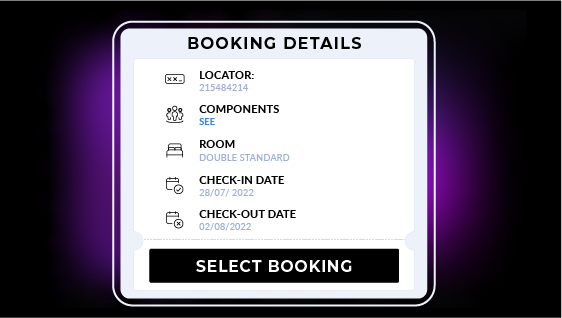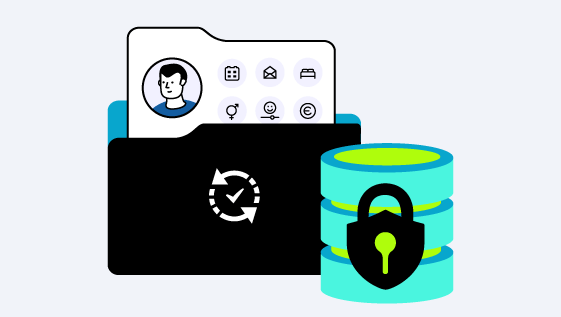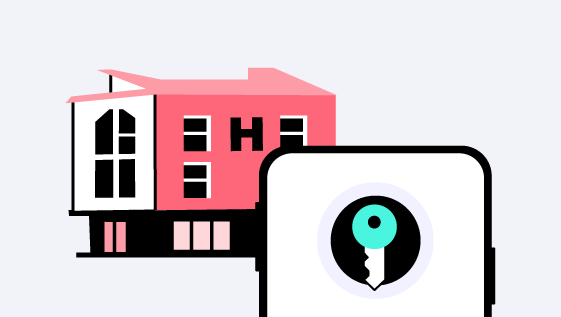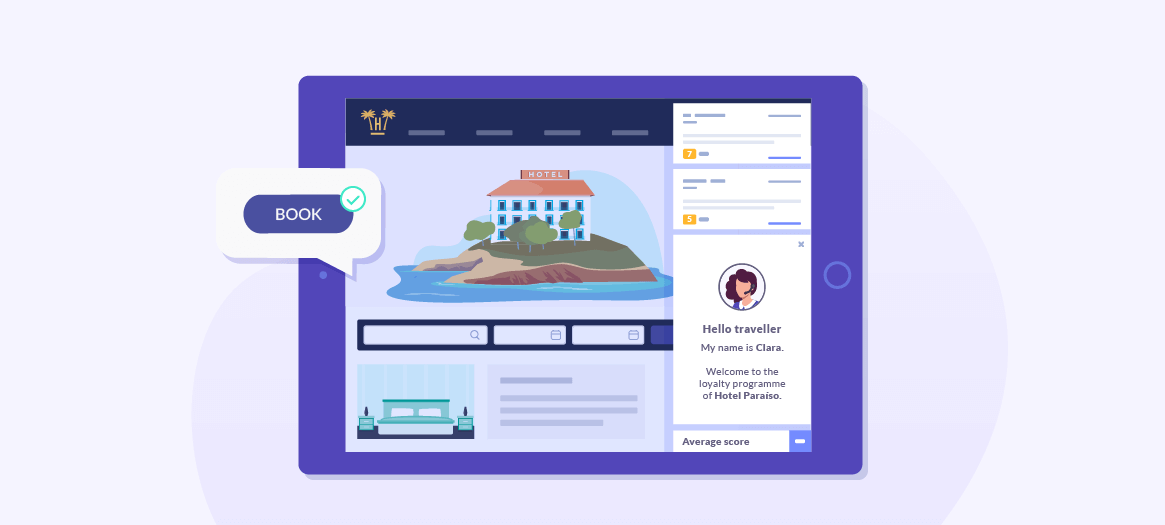
How to capture future traveller demand on your hotel web today
Understanding the current behavior of demand is key to develope a digital strategy with an eye toward the future.
The social distancing ordered to stop the expansion of the coronavirus has not only altered our everyday life but also our consumption and purchasing behaviour. This necessary lockdown has made it a must to get used to new circumstances and to turn to digital connectivity more than ever as a part of our lives to talk to our loved ones, access leisure alternatives, run errands, attend to lessons and work.
Without leaving your home, with more free time and online options, the consumption of content has not slowed down due to this exceptional situation, but it has considerably increased. For example, the study by IPG Mediabrands Spotlight (1) shows that in these days digital newspapers have increased visits to their webs by over 45 %. Another research, performed by Global Web Index, on the activities that have increased the most among citizens, shows that we spend a 47,9 % more time with our computers for leisure.
At a time when businesses are going through a critical situation, these data show new opportunities to connect with customers in a situation where interactions are more important than ever.
Companies must face the challenge of strengthening even more their bonds with their audiences, paying attention to which messages they must offer so that they suit the context. Only when we are in a reactivation stage with less uncertainty, it is recommended that marketing actions evolve towards more sales-oriented and direct messages.
We cannot forget that this crisis is temporary: we will see the end of it sooner or later, and it is important to understand the current behavioural patterns to develop a digital strategy with the future in mind.
So, how can I capture this demand to run campaigns subsequently?
Contrary to what you may think, these weeks may be an opportunity to emerge stronger as a brand, capture and foster the loyalty of an audience that wants to travel in the mid and long term.
This makes it compulsory for companies to change the way they communicate and get in touch with customers, seeking alternatives that feature their products while generating value. We must empathise, and being approachable is key to convey trust in times of uncertainty.
An effective measure that is accessible to all is analysing the performance of the website, email campaigns and interaction on social media to understand how users, subscribers and followers are behaving during this time. Evaluating this information will enable you to learn about their behaviour, and it will therefore make it easier to make decisions about which actions to implement or stop and how to invest in online strategies and tools.
The challenge is interpreting these data correctly to turn them into actions in line with current needs and behaviours, which make it possible to turn users into customers in the future and turn already-existing ones into loyal guests. No matter which digital strategy and channels you choose, the website will be key.
The website is one of the critical points between a brand and a potential customer because it grants authority to the brand, makes it possible to control the information published, can help to boost results and can be the basis for the rest of marketing efforts.
In terms of trips, where the traveller journey is especially long since multiple micro-moments that take place in different channels, devices and ways, the web plays a fundamental role during the first stages of the decision-making process, when people seek information that inspires them and helps them to narrow options down. In fact, according to a study by Google (3), 67 % of travellers show more predisposition to book with a brand that provides information and appropriate incentives.
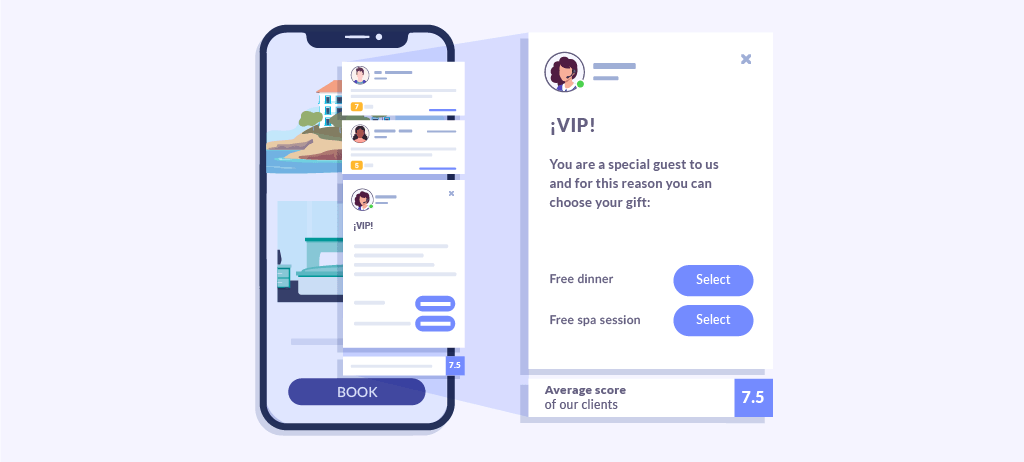
This is why brands must not forsake their website and must invest time and effort to maintain and improve it so that visitors book. This implies adding certain elements to create a conversion-oriented website, such as compelling calls to action, striking images, opportunities to interact, an intuitive browsing or customer comments. In short, it must provide valuable content that arouses curiosity or solves user problems while managing to build long-term relationships.
If you want your web visitors (your potential customers) to visit your sites, interact and finally book, you can capture them from the very first moment with the help of loyalty and sales tools that offer incentives so that they do not leave the web without acting. For example, Hotelinking has designed an automated leads capture online assistant for hotel websites that offers the user the possibility to benefit from an offer and add a series of advantages to their booking without paying more for it.
This tool, named Ballbot, aims at promoting that users visiting the site book through it or that if they do not do it at that time, their details are captured so that they can be reminded later. By doing so, the potential customer enjoys a series of extra benefits that they will not find in other OTAs, and the hotel gets more bookings through its own channel, with the subsequent saving on third-party commissions, standing out among its competitors by offering the customer an added value.
To access these incentives, the user must simply enter the details requested by the online assistant, such as the email, name, surnames, date of birth and gender. The widget will then show the promotional code of the offer and that they will be able to redeem with their booking. It also integrates a feature showing the average score and customer comments to provide useful information for the user and convey the trust and clarity needed for them to choose that accommodation. An example of this web-integrated feature can be found in the Sea You hotel site, which shows a slideshow with the most positive opinions provided by guests and its average score.
Should the user leave the web after completing registration or half-way through the process, the online assistant will identify it, addressing them by their name and reminding them about their benefits. It will also automatically send an email encouraging them to book through the web using the promocode obtained not to miss the offer.
As we can see, this tool not only makes it possible to increase direct sales but also to develop a small-scale loyalty program without making significant changes in the web and to obtain a valuable verified database that we can make the most of by creating segmented and precise marketing campaigns that make it possible to drive bookings to the direct channel.
The information used by the online assistant is key to remain in touch with the new customer so that they keep the brand in mind at all times through personalised communications and rewards that surprise them and encourage repetition. A tool that can help you at this stage is a hotel CRM. It will enable you to run very segmented and automated campaigns with the contact list obtained, sending the right email at the right time.
Fostering customer loyalty is, therefore, a forward-looking strategy that you can start working on from your hotel web.
(3) https://think.storage.googleapis.com/docs/micro-moments-reshaping-travel-customer-journey-b.pdf
